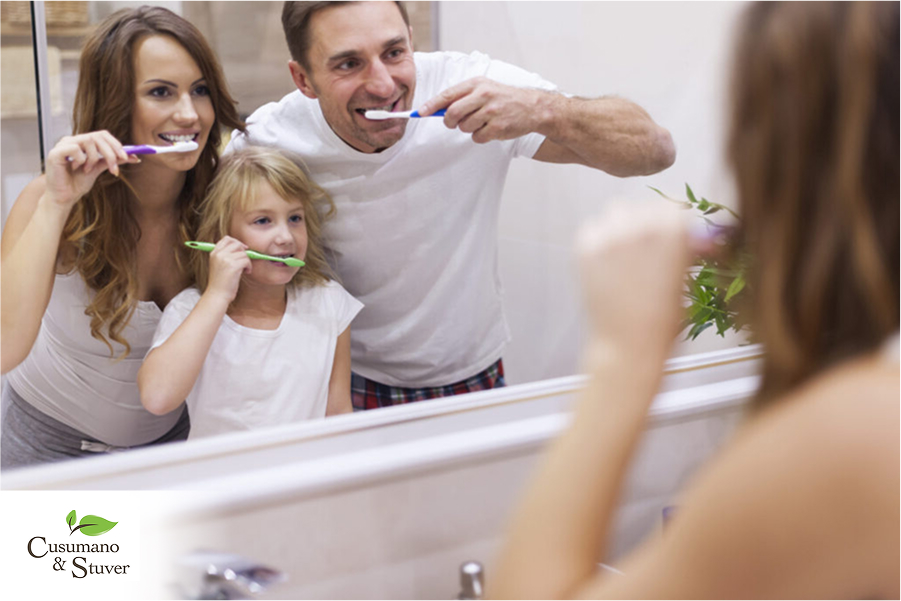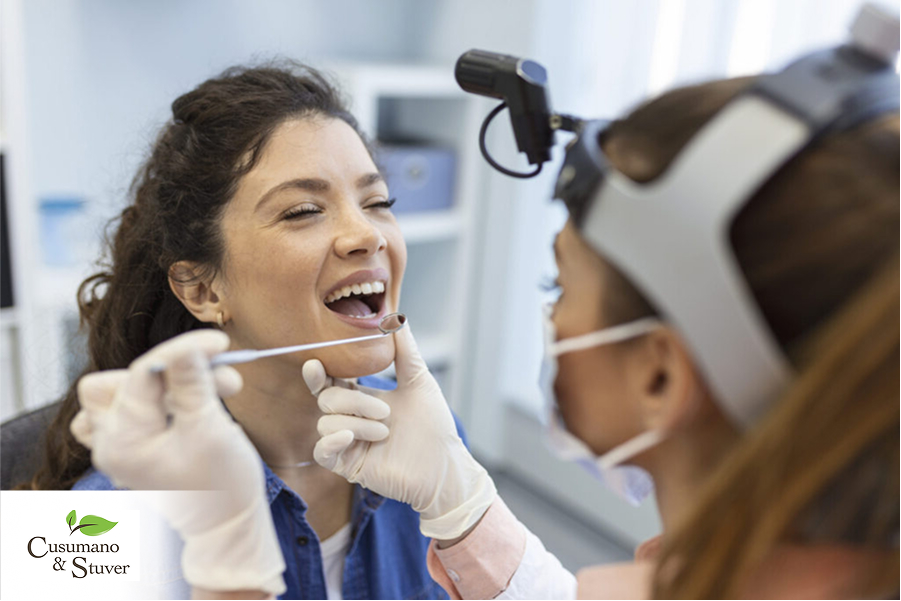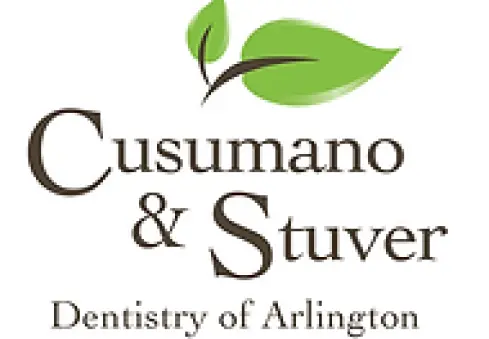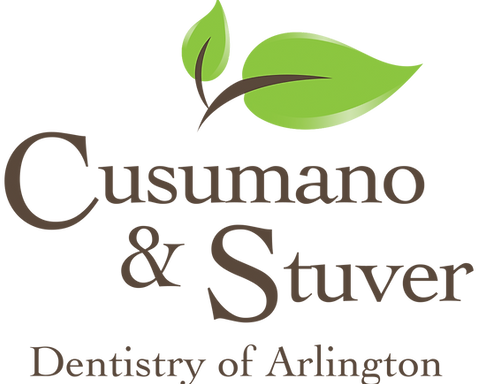Sitting in the dental chair as your dentist delivers the news that you have a cavity can be disappointing. Despite our best intentions, tooth decay remains one of the most common chronic diseases worldwide. According to the CDC, 1 in 5 adults aged 20 to 64 years has had or has at least one untreated cavity.
The good news?
Cavities are largely preventable with the right approach to oral care.
As a dentist who’s examined thousands of teeth over the years, I’ve seen firsthand how simple daily habits can make an enormous difference in preventing tooth decay. Whether you’re cavity-prone or just looking to maintain your healthy smile, these proven prevention strategies can help keep your teeth strong and decay-free for years to come.

Brush with Proper Technique
Brushing your teeth might seem straightforward, but many patients are surprised to learn they’ve been doing it incorrectly for years. Effective brushing isn’t about scrubbing hard—it’s about thoroughness and technique.
Hold your toothbrush at a 45-degree angle to your gums and use gentle, short strokes about the width of a tooth. This technique not only removes plaque but also helps protect your gums from receeding, which can lead to sensitivity and increased cavity risk. Be methodical, cleaning the outer surfaces, inner surfaces, and chewing surfaces of all your teeth. Don’t forget to brush your tongue too, as it harbors bacteria that can contribute to decay.
Timing matters just as much as technique. Brush for a full two minutes, twice daily. Many electric toothbrushes have built-in timers, or you can set a timer on your phone. Morning and night brushing are essential, but if you want extra protection, consider brushing after lunch as well – just wait 30 minutes after eating acidic foods.
As for toothbrushes, soft bristles are almost always the way to go. They clean effectively while being gentle on your enamel and gums. Replace your toothbrush (or electric toothbrush head) every three months, or sooner if the bristles become frayed.
Don’t Skip the Floss
I hear it in my office daily: “I know I should floss more.” It’s often the first habit to fall by the wayside, but flossing removes plaque from areas your toothbrush simply cannot reach—the tight spaces between your teeth where cavities commonly form.
To floss effectively, use about 18 inches of floss, wind most of it around one middle finger, and the rest around the same finger of your other hand. Grip the floss tightly between your thumbs and forefingers, and gently guide it between your teeth using a rubbing motion. When the floss reaches your gumline, curve it into a C-shape against one tooth and slide it gently into the space between the gum and tooth.
If traditional floss is challenging for you, don’t give up on interdental cleaning altogether. Water flossers, floss picks, and interdental brushes can be excellent alternatives. The best interdental cleaning tool is the one you’ll actually use consistently.

Watch What You Eat and Drink
What you consume plays a major role in cavity development. Bacteria in your mouth feed on sugars and carbohydrates, producing acids that attack your tooth enamel. The longer these foods stay on your teeth, the more damage they can cause.
Here are some smart dietary choices for cavity prevention:
- Limit sugary treats and drinks, especially those that linger in your mouth like hard candies, sticky caramels, and sweetened beverages
- Be cautious with acidic foods and drinks like citrus fruits, tomatoes, coffee, and wine
- Choose tooth-friendly foods like crunchy vegetables, cheese, nuts, and sugar-free yogurt
- Drink plenty of water, especially after consuming sugary or acidic items
The timing of your consumption matters too. It’s better to enjoy sweets during or immediately after mealtime rather than continuous snacking throughout the day. Each time you eat something sugary, bacteria produce acid for about 20-30 minutes, so frequent snacking means your teeth are under constant acid attack.
Fluoride Is Your Friend
Fluoride remains one of dentistry’s greatest tools for preventing tooth decay. It works by remineralizing weakened tooth enamel and even reversing very early stages of decay.
Most toothpastes contain fluoride, but make sure yours does by checking the label. For those at higher risk of cavities, I often recommend prescription-strength fluoride toothpaste. Fluoridated tap water is another excellent source—most community water supplies in the US contain fluoride at optimal levels for dental health.
Don’t rinse your mouth immediately after brushing. Spitting out excess toothpaste but not rinsing allows the fluoride to remain in contact with your teeth longer, providing more protection. Similarly, using a fluoride mouthwash at a different time than brushing (perhaps after lunch) gives your teeth additional exposure to this protective mineral.
Professional fluoride treatments in our office provide an even stronger concentration. These treatments take just minutes, are painless, and can significantly reduce your cavity risk.

Rinse with Mouthwash
A therapeutic mouthwash can reach places that brushing and flossing might miss, reducing the bacterial load in your mouth and strengthening your enamel. Not all mouthwashes are created equal, though.
Look for products with the American Dental Association (ADA) Seal of Acceptance, which ensures they’ve been tested for safety and effectiveness. Depending on your needs, you might choose an antimicrobial mouthwash to reduce bacteria, a fluoride rinse to strengthen enamel, or products designed for dry mouth or sensitivity.
For maximum benefit, use mouthwash at a different time than brushing, perhaps after lunch when you can’t brush. And remember, mouthwash is a complement to brushing and flossing, never a replacement.

Schedule Regular Dental Checkups
Even with excellent home care, professional dental visits remain essential for cavity prevention. We recommend checkups and cleanings every six months for most patients, though some may need more frequent visits.
During these appointments, we remove hardened plaque (tartar) that can’t be eliminated at home, examine your teeth for early signs of decay, and spot potential problems before they develop into cavities. Professional cleaning also reaches areas that are difficult to clean at home.
Digital X-rays allow us to see between teeth and below the gumline—areas where decay often begins but remains invisible to the naked eye. Catching these problems early means simpler, less invasive treatments.
Your dental team can also provide personalized advice based on your specific risk factors. We might recommend additional preventive measures like prescription-strength fluoride products or antibacterial treatments for high-risk patients.
Consider Dental Sealants
Dental sealants are thin protective coatings applied to the chewing surfaces of back teeth (molars and premolars), where decay most frequently occurs. These surfaces have natural pits and grooves that can trap food particles and bacteria, making them difficult to clean completely with a toothbrush.
The application process is quick and painless. We clean the tooth thoroughly, apply the sealant material, and then use a special light to harden it. Once in place, sealants provide a smooth surface that’s much easier to keep clean.
While often associated with children’s dentistry, sealants can benefit adults too, especially those prone to cavities. They can last several years before needing replacement and are highly effective at preventing decay on these vulnerable surfaces.
Small Changes, Big Results
Preventing cavities isn’t about perfect oral hygiene—it’s about consistency and smart habits. Even small improvements to your daily routine can significantly reduce your risk of tooth decay.
Remember that preventive care is always less costly, less time-consuming, and more comfortable than treating cavities once they’ve formed. By implementing these tips, you’re not just avoiding the dental drill—you’re investing in a lifetime of better oral health.
Have questions about your specific cavity risk or prevention strategies? We’re here to help. Contact our office today to schedule your next checkup and take a proactive step toward a healthier smile.


